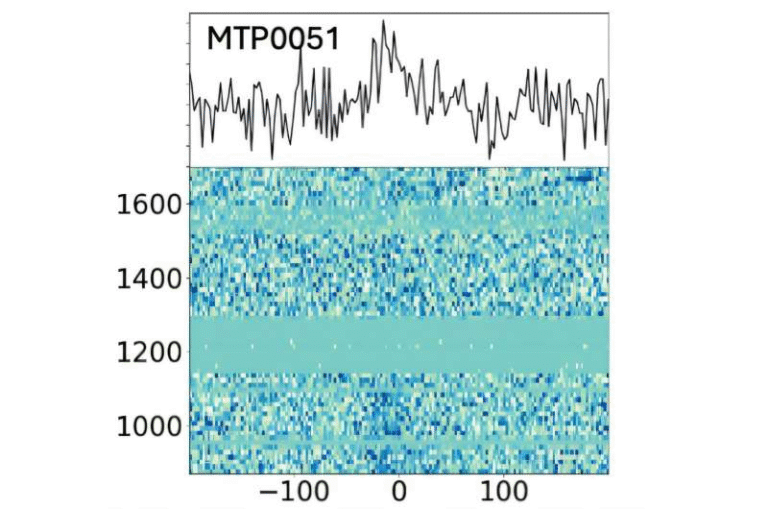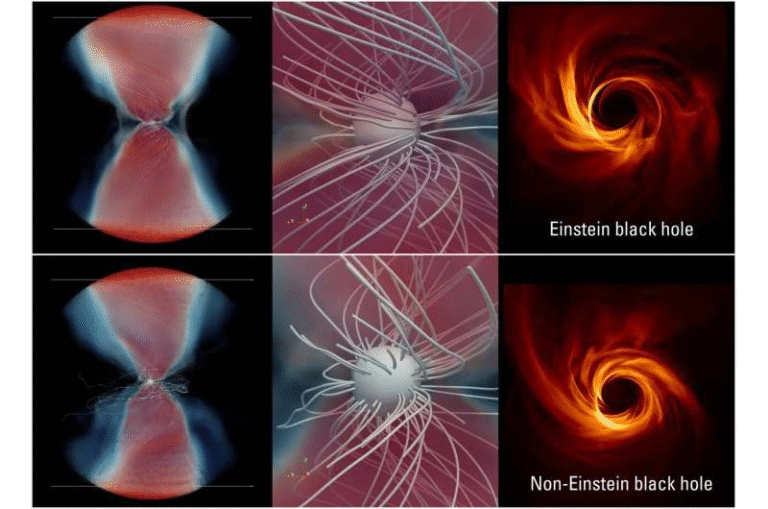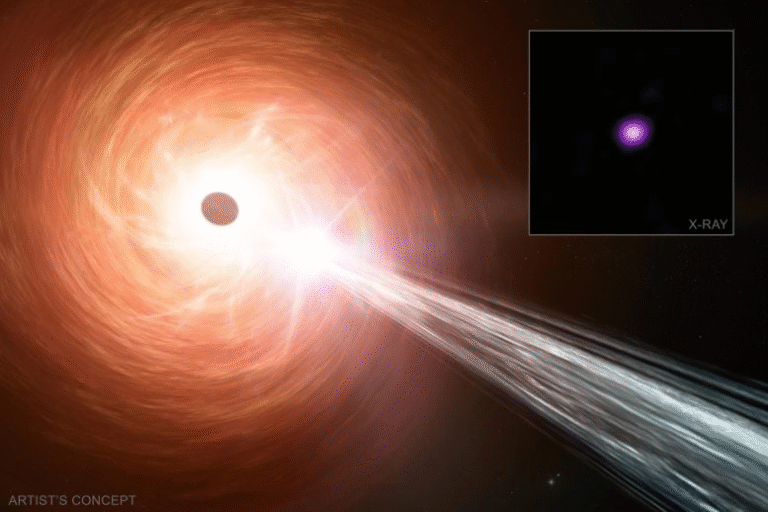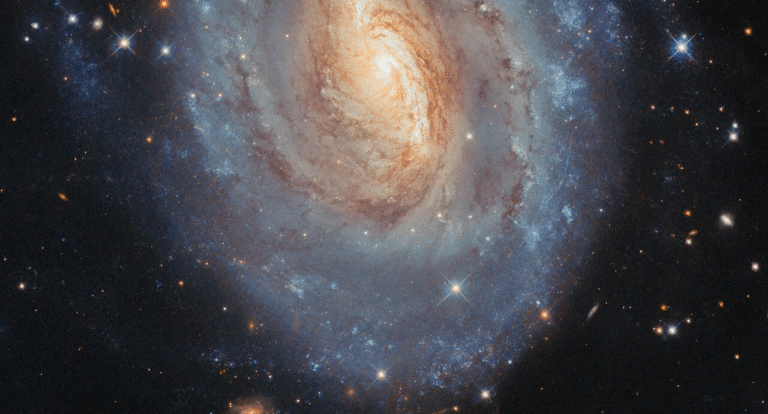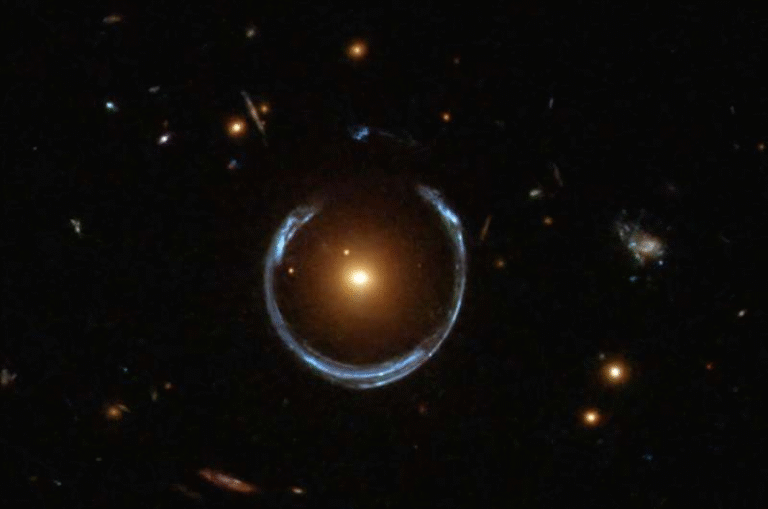Newly Discovered Asteroid 2025 SC79 Is Racing Around the Sun Inside Venus’ Orbit

A newly discovered asteroid named 2025 SC79 has astronomers buzzing—and not just because it’s fast. This asteroid, about 700 meters wide, has an orbit that stays entirely inside Earth’s path around the Sun. Even more impressive (and unsettling), it’s only the second known asteroid to orbit completely within Venus’ orbit, making it one of the most elusive and intriguing space rocks in our solar system.
Discovery and Confirmation
The asteroid was discovered on September 27, 2025, by Scott S. Sheppard, a researcher at the Carnegie Institution for Science. He spotted it using the Dark Energy Camera (DECam) mounted on the 4-meter Blanco Telescope in Chile, part of the National Science Foundation’s Cerro Tololo Inter-American Observatory.
The discovery was quickly confirmed by two other world-class facilities: the Gemini Observatory and the Magellan Telescopes in Chile. These follow-up observations helped confirm its orbit and size, marking 2025 SC79 as a new addition to the small and rare Atira asteroid group—asteroids that orbit entirely inside Earth’s orbit.
Atiras are extremely hard to detect because they are usually hidden in the Sun’s glare, observable only during the brief twilight hours when the Sun is just below the horizon. As a result, we’ve found only a few dozen of them so far. 2025 SC79 is the 39th known Atira asteroid, joining a class of objects that may hold important clues about how the inner solar system formed and evolved.
Orbit and Speed
What makes 2025 SC79 stand out is its short orbital period. The asteroid completes a full loop around the Sun in just 128 days—that’s less than five months. This gives it the third-shortest orbit of any known asteroid, behind two others that complete their orbits in about 115 days.
To put that in context, Mercury, the innermost planet, takes 88 days to orbit the Sun. So 2025 SC79 isn’t far behind a planet in terms of speed. It’s literally racing around the Sun at breakneck pace, crossing Mercury’s orbit at its closest point (perihelion) and staying within Venus’s orbit at its farthest (aphelion).
Based on current measurements, its semi-major axis is around 0.4958 astronomical units (AU), with an eccentricity of about 0.45, and an inclination near 16.8 degrees relative to the plane of the solar system. In simpler terms, that means the asteroid’s orbit is moderately stretched and tilted, carrying it between roughly 0.42 AU and 0.63 AU from the Sun (Earth orbits at 1 AU).
Size and Potential Impact
The asteroid is estimated to be around 700 meters (2,300 feet) in diameter—roughly the height of a skyscraper. While that’s small compared to the asteroid that wiped out the dinosaurs (Chicxulub, about 10 kilometers across), it’s still large enough to cause catastrophic destruction on a continental scale if it ever collided with Earth.
Such an impact could unleash energy equivalent to tens of thousands of megatons of TNT, potentially killing billions of people and devastating global ecosystems. Fortunately, 2025 SC79 does not currently pose a collision threat, but because of its orbit inside Earth’s, scientists are watching it closely to understand how its path might evolve over time.
Why It’s Hard to Spot
Asteroids like 2025 SC79 are often referred to as “twilight asteroids.” They’re almost invisible in most surveys because telescopes can’t safely point too close to the Sun without being overwhelmed by sunlight. Observations are only possible during brief windows—just after sunset or before sunrise—when the sky is dim enough but the asteroid’s position relative to the Sun allows visibility.
That’s why the most dangerous asteroids are often the hardest to find. Many large telescopes spend their time scanning the dark night sky, missing these objects that stay close to the Sun’s direction. Projects like the Twilight Survey led by Sheppard aim specifically to fill this gap by using specialized instruments and timing to detect objects hiding near the solar glare.
What’s Next for 2025 SC79
For now, 2025 SC79 is slipping out of sight—literally. The asteroid is moving behind the Sun from Earth’s point of view, meaning it won’t be observable for several months. When it re-emerges from the Sun’s glare, astronomers plan to conduct more detailed follow-up studies to determine:
- Its composition (rocky, metallic, or a mix).
- Its rotational speed and shape.
- How it withstands the Sun’s intense heat at such close distances.
- Its potential origin, including whether it might have come from the main asteroid belt and been nudged inward by gravitational interactions.
Understanding its makeup will help researchers model how such objects survive under extreme thermal conditions and what that reveals about the evolution of near-Sun asteroids.
The Atira Asteroid Family
The Atira group (sometimes called Apohele asteroids) represents the innermost class of near-Earth objects. Unlike the more common Apollo, Amor, and Aten asteroids—whose orbits cross or approach Earth’s from outside—Atiras stay entirely inside Earth’s orbit.
Because of this, they’re extremely rare. As of late 2025, astronomers have confirmed fewer than 40 Atiras. The first was discovered only in 2003, and each new find adds valuable data to a part of the solar system we barely understand. These asteroids could even represent remnants of ancient planet-building material, preserved in regions too close to the Sun for most surveys to monitor.
Why These Discoveries Matter
Discoveries like 2025 SC79 aren’t just about curiosity—they’re essential for planetary defense. NASA and other agencies are working to catalog potentially hazardous objects, but traditional surveys are biased toward asteroids that appear far from the Sun in the night sky.
That means a whole population of “hidden” asteroids could still be undiscovered. Even though only a small fraction of these objects pose an actual threat, understanding their orbits helps refine models that predict potential impacts decades or centuries ahead.
Additionally, studying near-Sun asteroids helps astronomers learn how solar radiation, gravitational forces, and heat stress affect the structure and stability of rocky bodies. Such research also sheds light on how planetary materials migrate through the inner solar system.
A Glimpse Into Solar System History
Objects like 2025 SC79 are time capsules from the early solar system. Billions of years ago, countless rocky bodies were colliding, merging, and shattering in the region where the inner planets were forming. Some fragments got pushed outward into the asteroid belt, while others were pulled inward toward the Sun.
Over time, gravitational interactions with Venus, Earth, and Mercury could have trapped some of these remnants in stable or semi-stable orbits like the one 2025 SC79 occupies today. Studying them gives scientists direct evidence of how material migrated and evolved under the influence of planetary dynamics and solar radiation.
The Challenge Ahead
Finding these asteroids is only half the battle. Tracking them over long periods is just as important. Because Atira asteroids spend much of their orbits lost in sunlight, astronomers often lose visibility for months at a time. Small changes—caused by gravitational nudges or by the Yarkovsky effect (tiny thrusts due to heat emission)—can alter their paths significantly.
For that reason, astronomers plan to keep monitoring 2025 SC79 once it’s visible again, refining its orbital parameters to ensure it stays safely away from Earth.
Final Thoughts
2025 SC79 reminds us that the solar system still holds many surprises, even in regions close to home. Each discovery expands our understanding of celestial mechanics, the distribution of asteroids, and the potential risks that come from these hidden neighbors.
It’s a humbling thought: while space agencies scan the vast expanse beyond Mars, some of the most elusive and possibly dangerous asteroids are quietly racing between Mercury and Venus, just out of sight behind the Sun’s blinding glare.
Research Reference:
Carnegie Science – Fast-moving asteroid found in the Sun’s glare (2025)
